Concrete Boring for Utility Installations
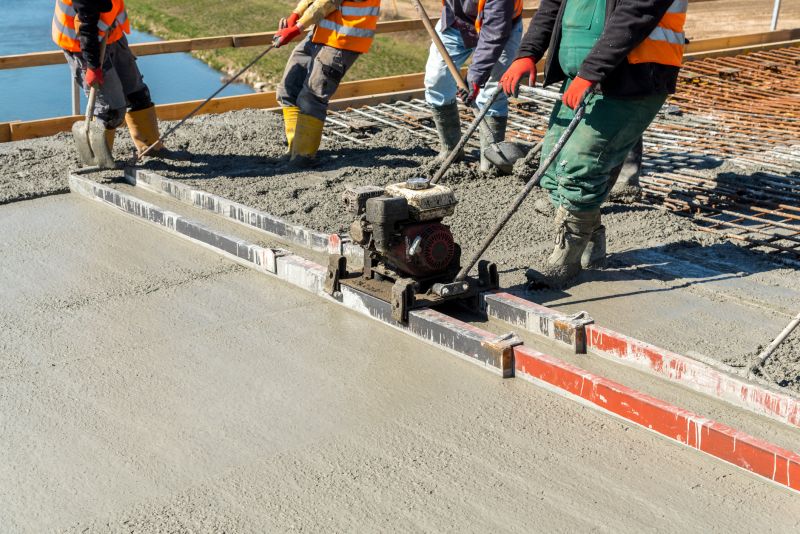
Concrete boring is most effective during moderate weather conditions, typically in spring and fall, when temperatures are stable.
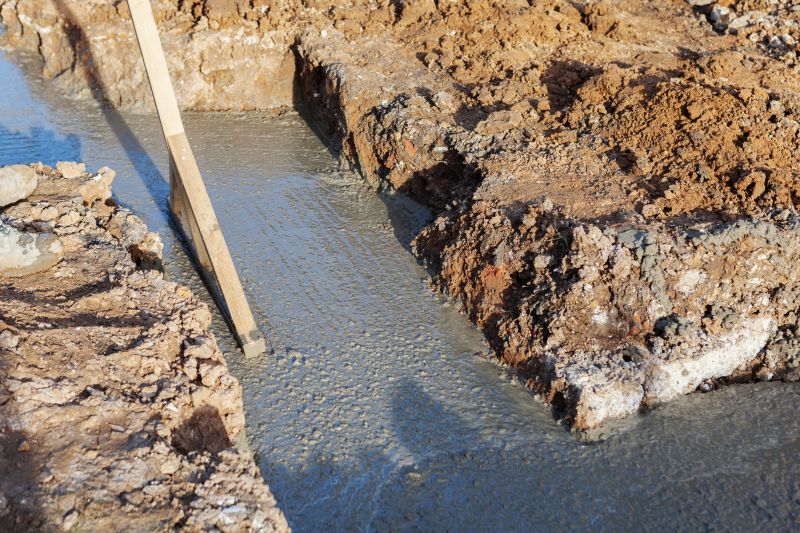
Optimal temperatures for concrete boring range between 50°F and 85°F, reducing the risk of cracking and ensuring precision.

Avoiding extreme weather such as heavy rain, snow, or high heat helps maintain safety and accuracy during boring projects.
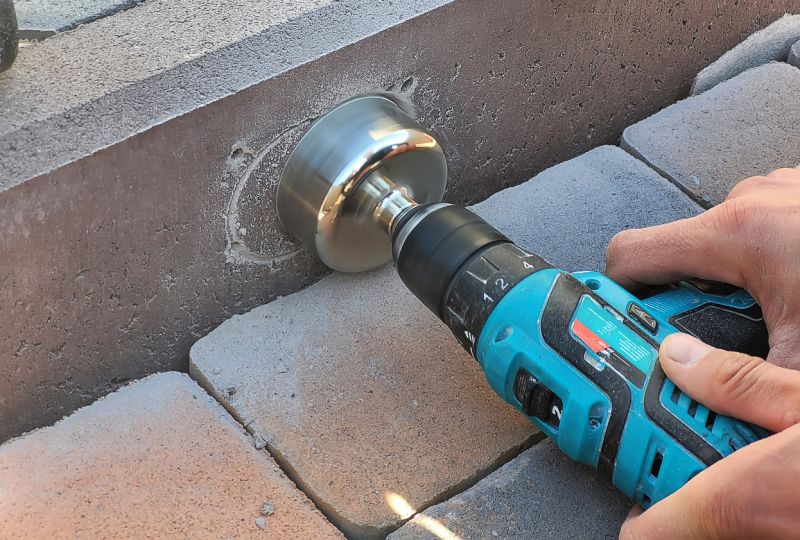
Ways to make Concrete Boring Service work in tight or awkward layouts.

Popular materials for Concrete Boring Service and why they hold up over time.

Simple add-ons that improve Concrete Boring Service without blowing the budget.
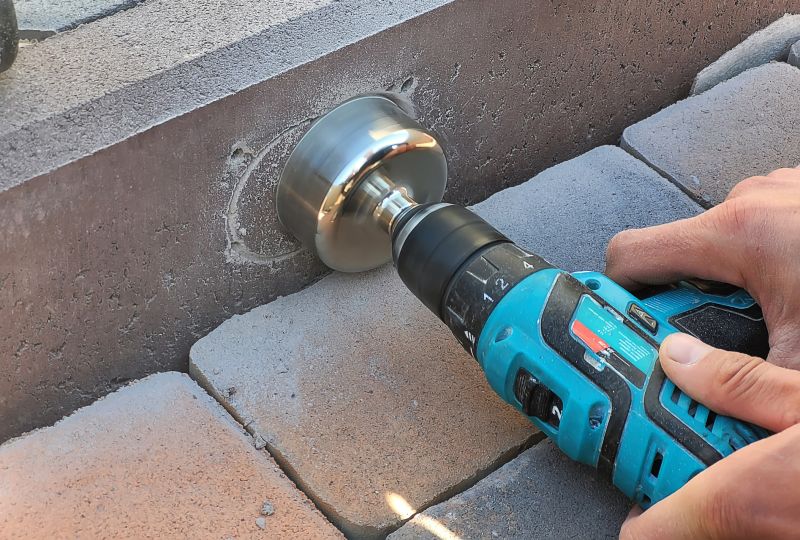
High-end options that actually feel worth it for Concrete Boring Service.
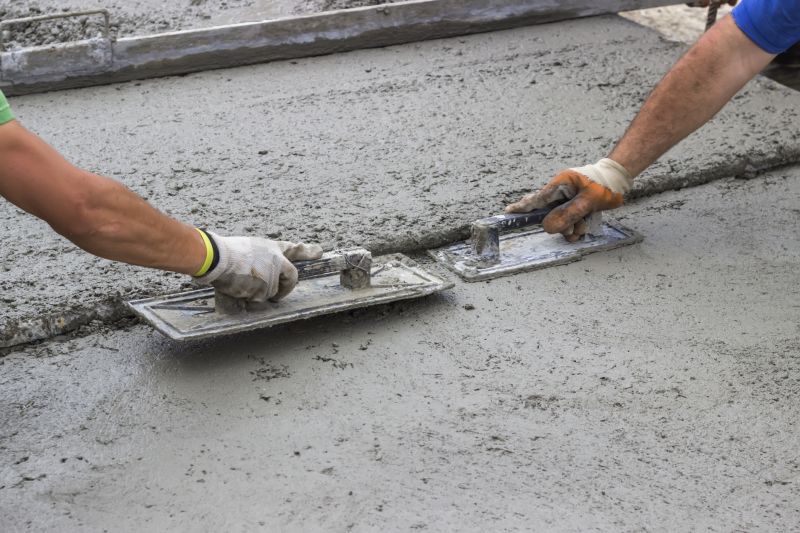
Finishes and colors that play nicely with Concrete Boring Service.
Concrete boring involves creating precise holes or passages through concrete structures using specialized equipment. The process is essential for installing utilities, pipes, and conduits without damaging surrounding materials. Proper timing ensures minimal disruption and optimal results, making seasonal considerations important for project planning.
Scheduling during mild weather reduces the risk of delays caused by adverse conditions.
Performing boring in suitable weather conditions can decrease completion time and improve accuracy.
Concrete and equipment perform best within recommended temperature ranges, ensuring durability and safety.
Timing projects for optimal weather can reduce costs associated with weather-related delays or repairs.
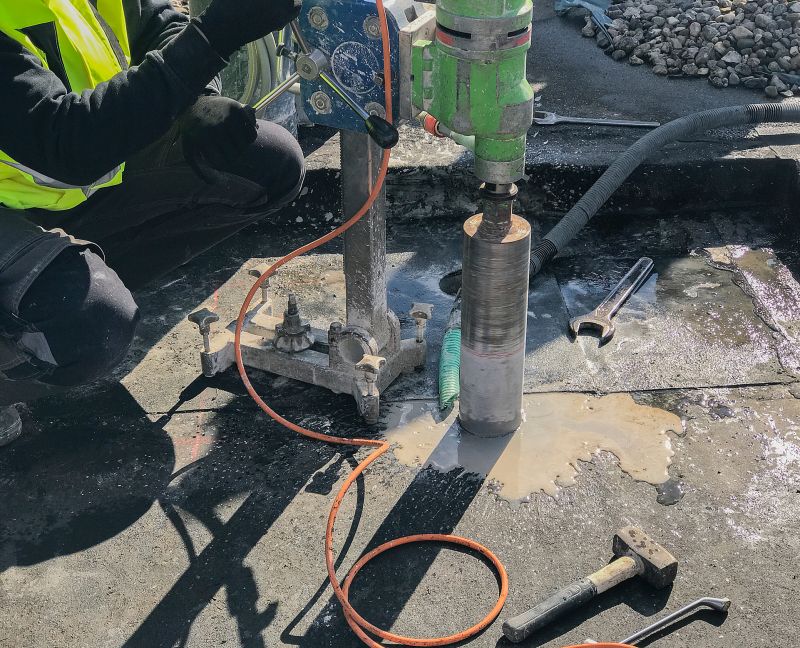
Advanced machinery ensures precision and efficiency during boring operations.

Proper site setup minimizes risks and enhances safety during the boring process.

Boring allows for seamless installation of underground utilities with minimal surface disruption.

Professional crews utilize specialized tools to achieve accurate and clean holes in concrete surfaces.
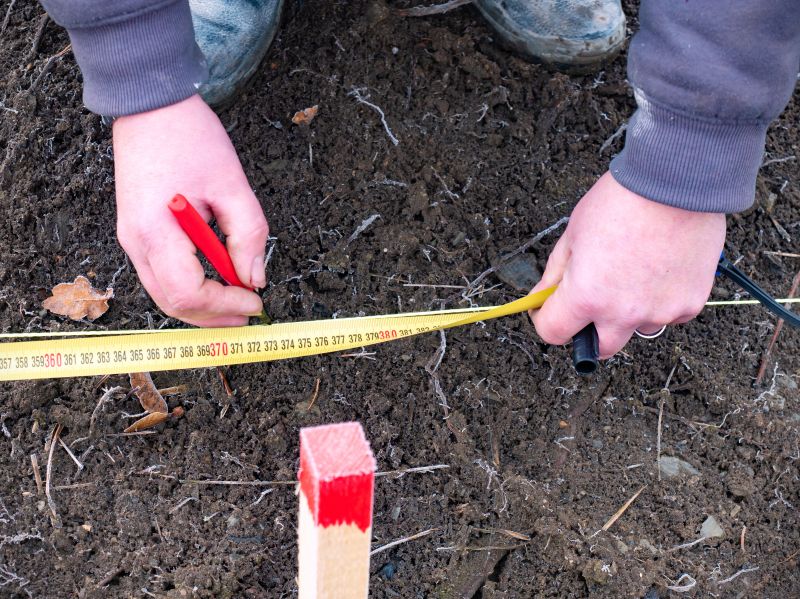
Little measurements that prevent headaches on Concrete Boring Service day.
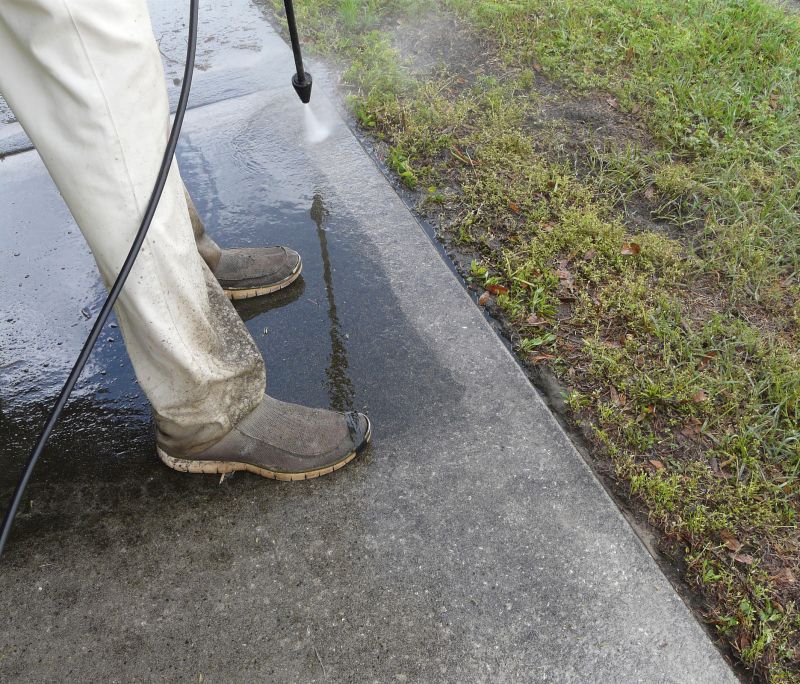
A 60-second routine that keeps Concrete Boring Service looking new.
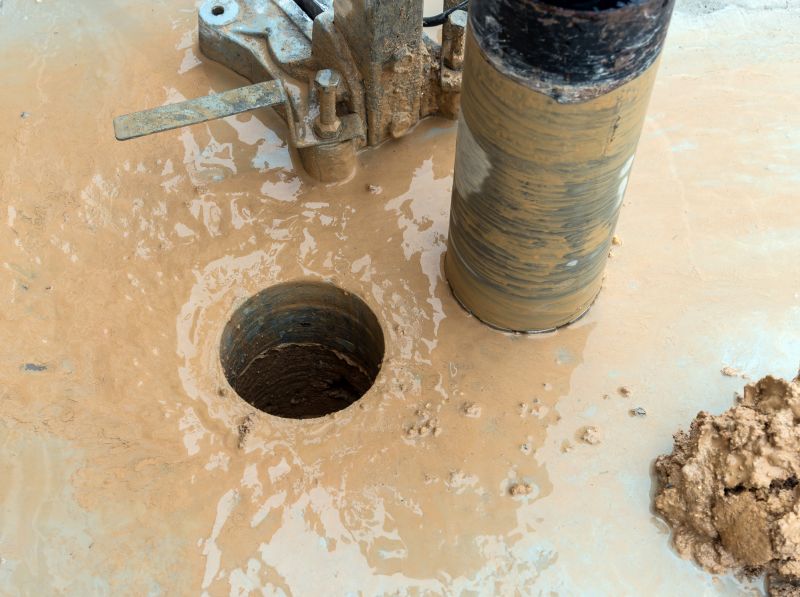
A frequent mistake in Concrete Boring Service and how to dodge it.
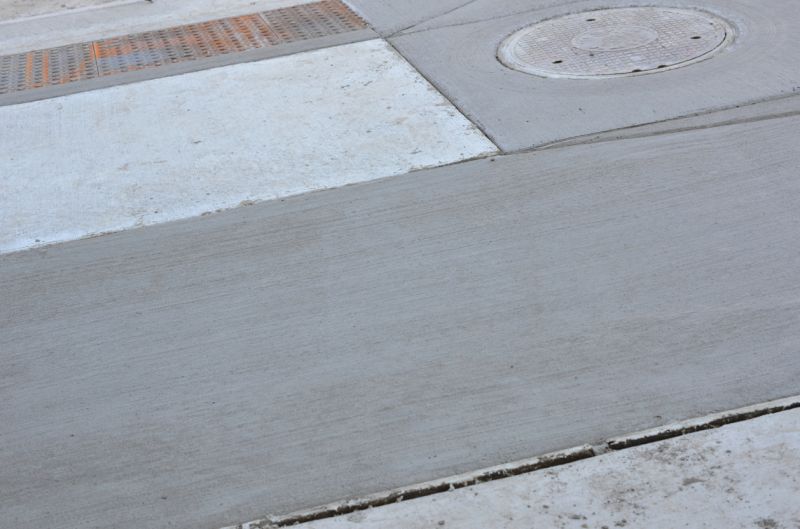
Small tweaks to make Concrete Boring Service safer and easier to use.
| Season | Ideal Conditions |
|---|---|
| Spring | Moderate temperatures, low precipitation |
| Summer | Early morning or late evening, avoid extreme heat |
| Fall | Cooler temperatures, dry conditions |
| Winter | Not recommended in freezing conditions |
| Late Spring | Optimal for scheduling due to mild weather |
Choosing the right time for concrete boring can significantly impact project outcomes. Factors such as temperature stability, weather patterns, and project deadlines should be considered. Proper planning ensures the durability of the installation and reduces the likelihood of issues related to environmental conditions.
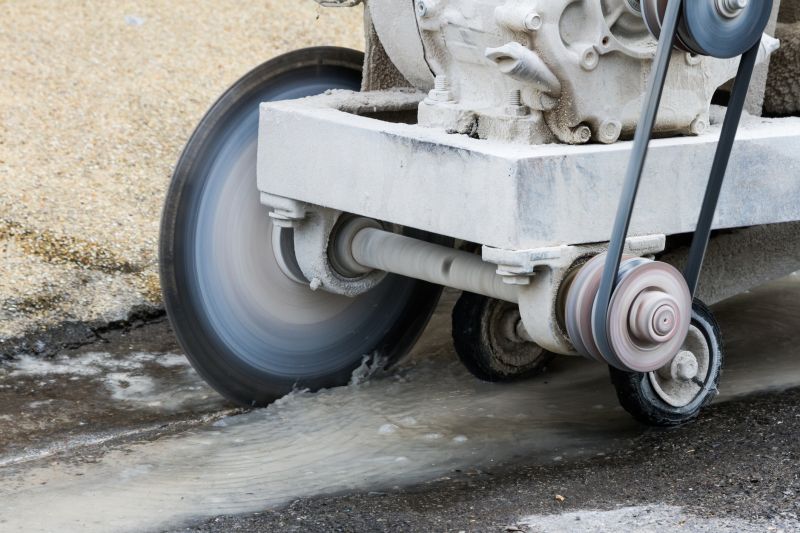
Precision tools designed for various concrete thicknesses and project requirements.
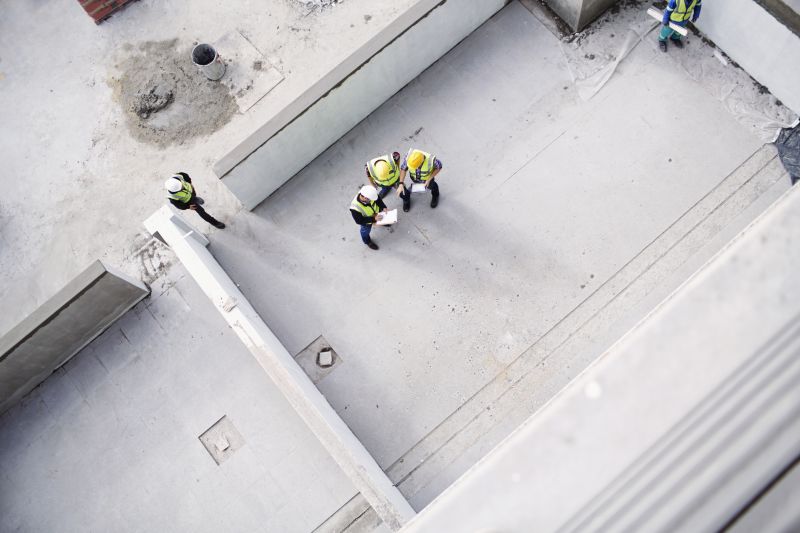
Prepared sites facilitate efficient boring operations in suitable weather.

Boring provides a safe method for installing utilities beneath existing structures.
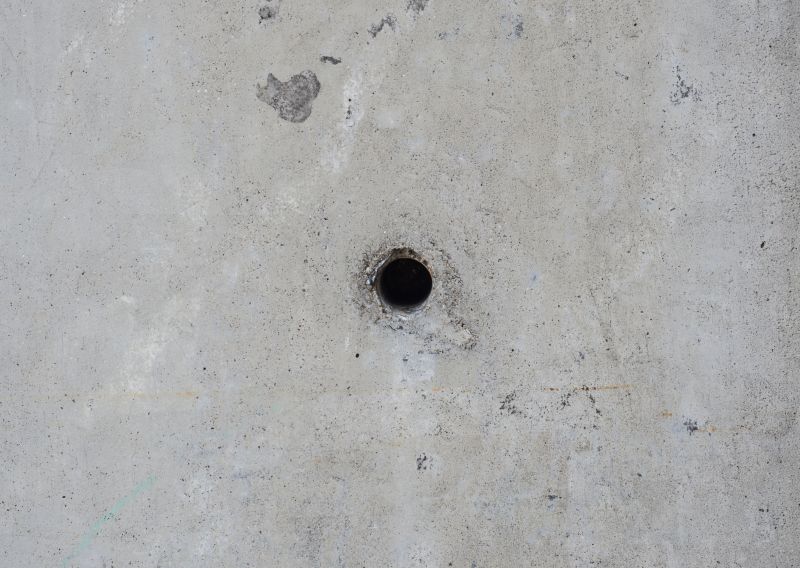
Clean, precise holes ready for utility connections or structural modifications.
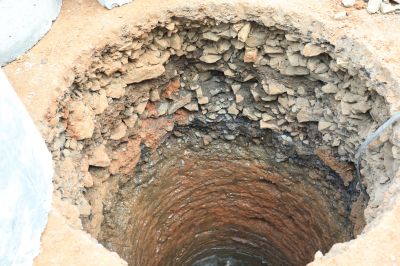
Lower-waste or water-saving choices for Concrete Boring Service.
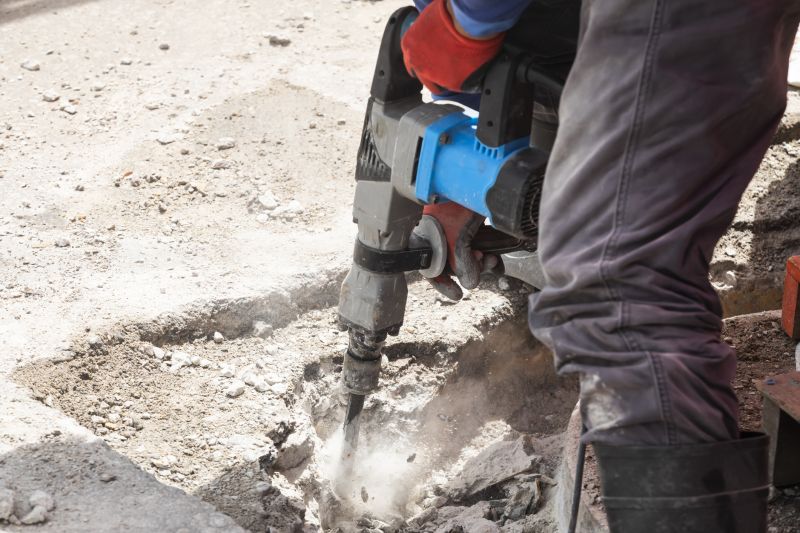
The short, realistic tool list for quality Concrete Boring Service.
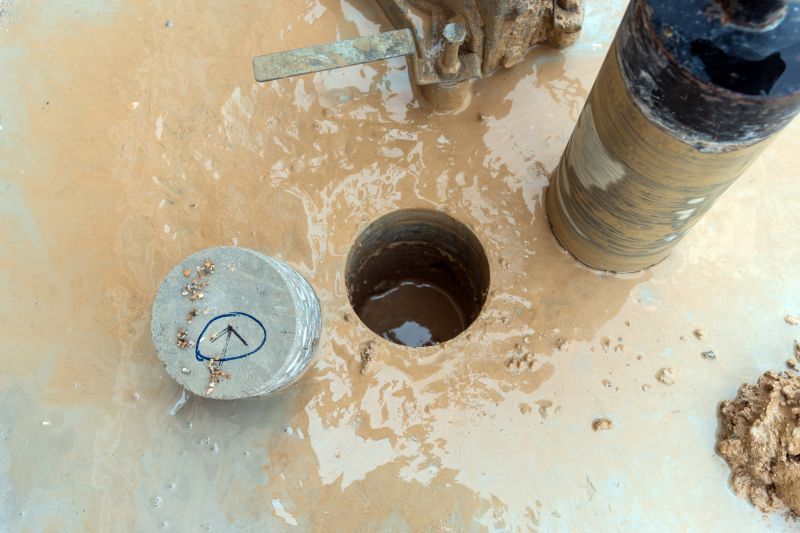
Rough timing from prep to clean-up for Concrete Boring Service.
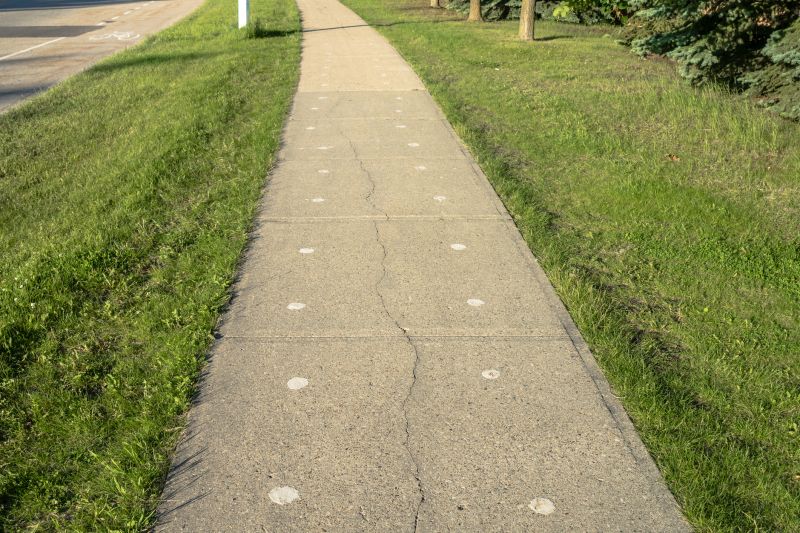
Quick checks and paperwork to keep after Concrete Boring Service.
Scheduling concrete boring services during the optimal seasons can lead to smoother operations and better results. It is advisable to consult with specialists to determine the best timing based on local climate conditions and project specifications.
Interested in scheduling a concrete boring service? Fill out the contact form to discuss project details and timing options.
